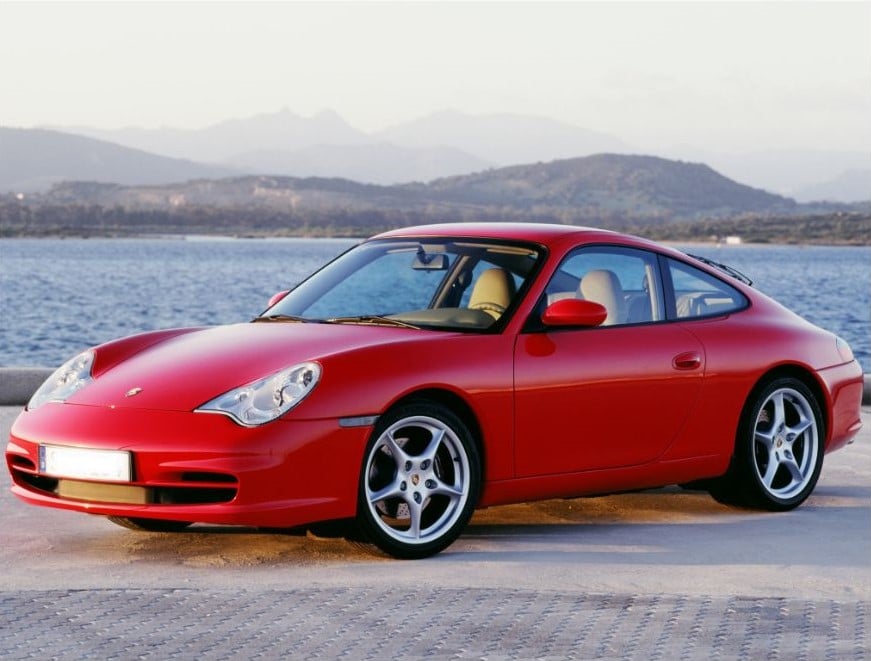Even though Porsche 911 is a sports car institution that has been around forever, almost unchanged, this is not entirely true. Over the years, 911 was constantly improved and enhanced but remained faithful to proven concepts, design, and technology. However, in order for 911 to evolve and bravely step into the next century, Porsche needed to address some of its core features and convince the 911 purists that their beloved sports car isn’t gone; it is just remastered. This happened in 1997 when the 996 generation was introduced. It was the most controversial model up to date, but since it stood the test of time and is now recognized as one of the best 911s and a true modern classic. Today, we will tell you why this model is one of the best driver’s cars you can get.
The story of the 996 starts in the early ‘90s. It wasn’t the greatest time for Porsche since the company was in financial trouble, and the tightening emissions and safety standards put additional pressure on the engineers and design team. The current 911 (993 generation), with its expensive semi-hand-build production process and air-cooled flat-six engines, was simply outdated, although still remarkably fast and engaging. The crew from Stuttgart knew that change was long overdue, but they weren’t sure in what direction to evolve the 911. As its signature model and sports car icon, the Porsche 911 is an extremely specific design that doesn’t welcome significant changes, so the team was very careful.
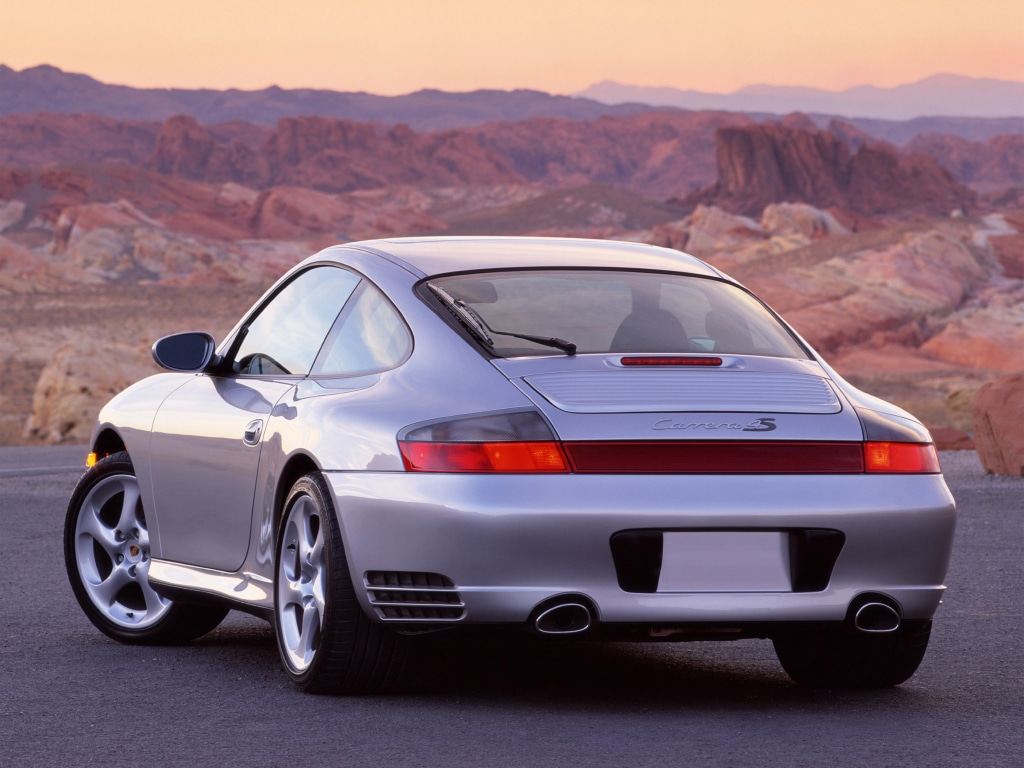
Three main directions of the 996 design were established early in the development process. First was aesthetics, and Porsche evolved the classic 911 shape into a more modern, sleeker, and more aerodynamic form which kept the proportions but allowed more interior room. The most significant design features were the front fascia with new “fried egg” headlights, which strongly resembled the ones from the smaller and cheaper Porsche Boxster. Along with the all-new design and interior, Porsche decided to significantly change the production process and introduced the 911 to robots and standard assembly lines. Since then, 911 has been partially built by hand, which took longer and cost more but resonated well with the owners who wanted a bespoke product. But, to cut costs, the 996 generation was assembled on an automated line, saving money and time. At the same time, improved quality is controversial topic Porsche enthusiasts still discuss.
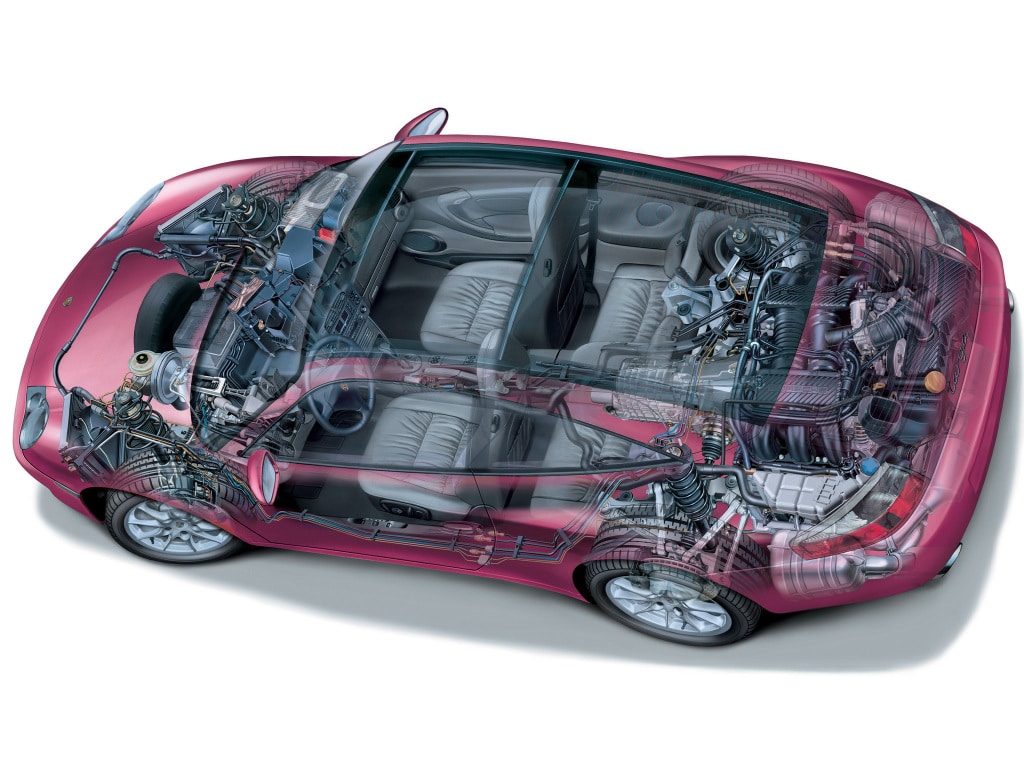
However, the engine was the most significant mechanical change and controversial aspect of the new 911. The signature flat-six layout was retained as well as a transaxle gearbox position, but the engines were improved, slightly enlarged, and got a game-changing feature. Porsche used air-cooled engines in 991 for decades, but in 1997 company switched to more modern and more efficient liquid cooling systems. , the move was more than justified since water cooling provided better emissions and more power and gave the boxer-six space for improvement.
We want to say that the introduction of the brand-new 911 at the Frankfurt Motor Show in 1997 went smoothly, but the car didn’t actually meet the universal praise like other Porsche products. The car public criticized the design, which looked almost identical to Porsche Boxster introduced just a year before. The 911 purists attacked the new-gen flat-six engines claiming that the characteristic boxer sound was gone as well as the signature character of the car. Some people were turned down by the new interior design, which took the classic five-dial 911 dash and modernized it thoroughly. The 996 was all new and didn’t share anything with an outgoing model, which was pretty uncommon for 911 lineage so far.
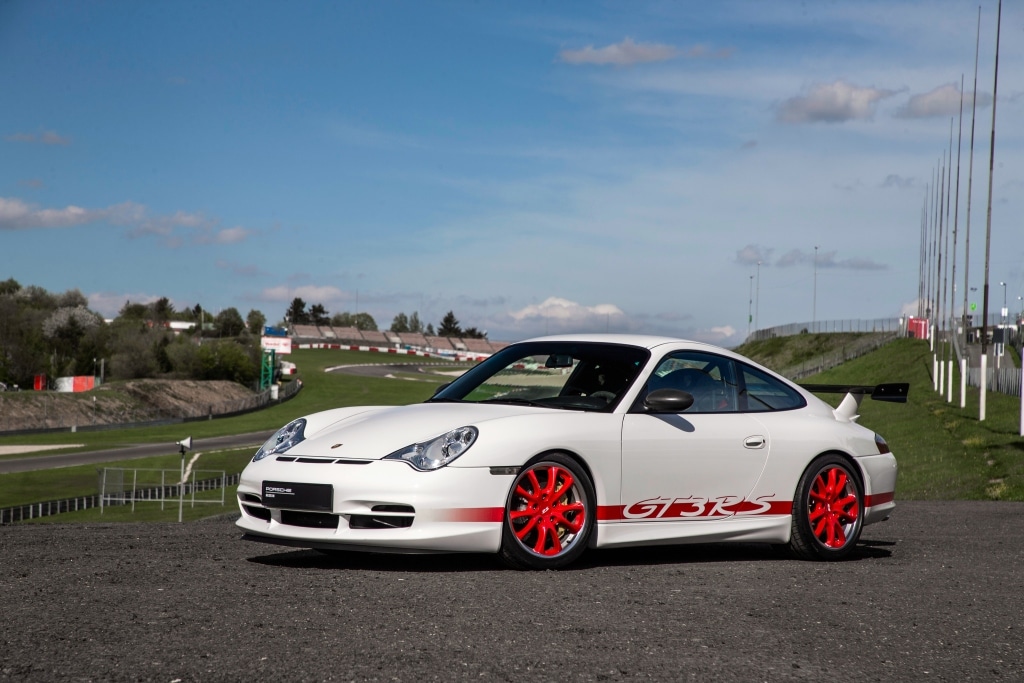
But, when the first examples reached magazine testers, there was no doubt that the 911 saga got an amazing new chapter. The new 996 was a more mature machine with superb ergonomics, better driving position, and interior. It felt more stable, had better performance, and was filled with the latest in automotive technology. Immediately, the 993 felt outdated and almost crude compared with the brand-new 996 Carrera. The new model was much safer, more efficient, and easy to drive. It was perfectly suited for everyday driving and capable of enduring the tortures of congested city traffic. The 911 was always a fantastic everyday sports car, but the 996 generation redefined that.
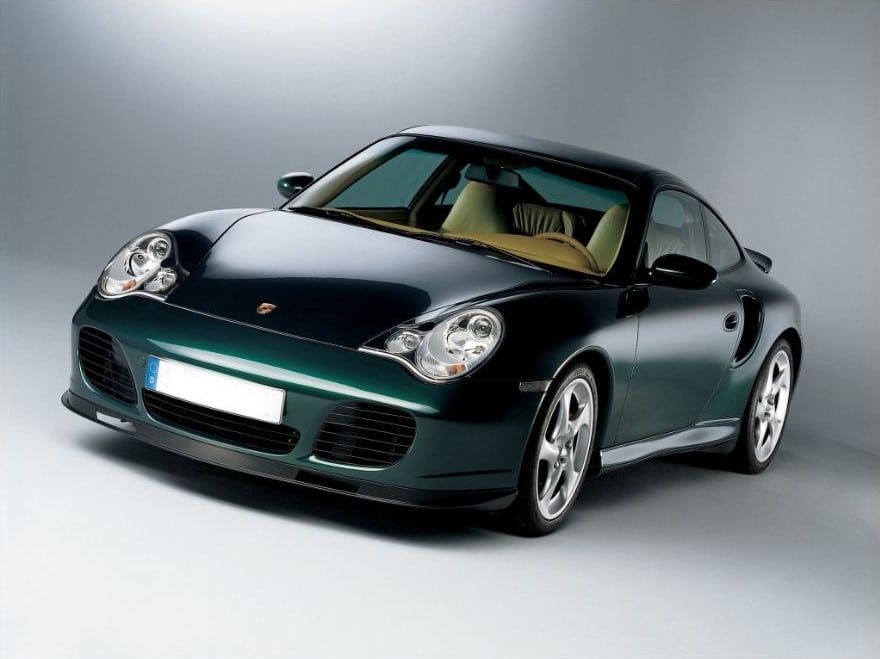
The engine lineup started with an all-new 3.4-liter flat-six with four valves per cylinder, which delivered 300 hp, good enough for 5.2 seconds to 60 mph, and a top speed of 170 mph, which were more than respectable figures for the late ‘90s. However, this was just a start. Soon, it was replaced with a 3.6-liter version with 320 hp, as the base engine with even better acceleration figures. Of course, the biggest news was the mighty 911 Turbo which got a 3.6-liter, twin-turbocharged flat-six derived from the Porsche Carrera GT1 racing engine. With 420 hp in early models and 450 in the later Turbo S, this was an incredibly fast car, capable of reaching 60 mph in 4.0 seconds flat. Interestingly, the 996 Turbo was also available as a convertible which was the first for this model.
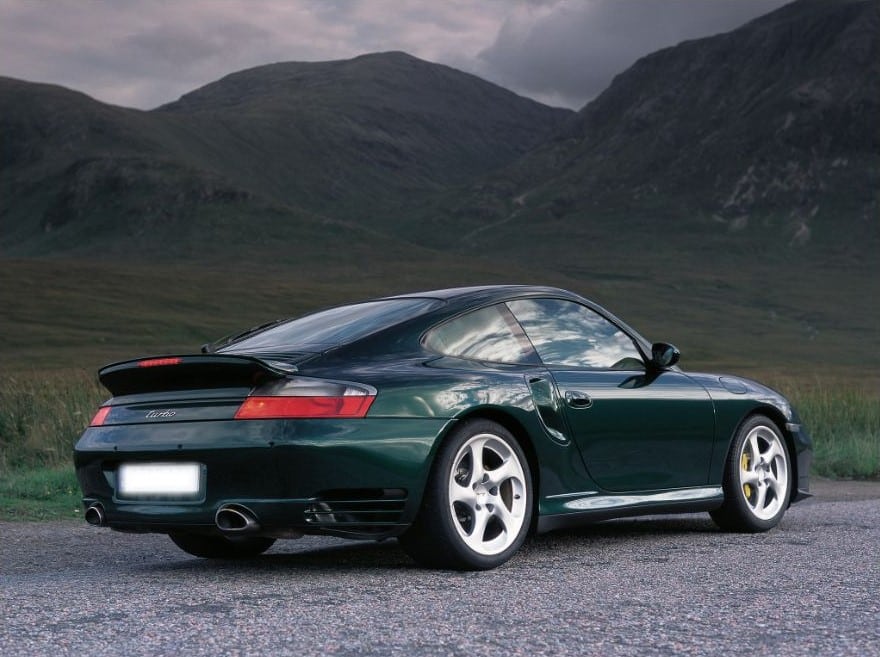
Although the base Carrera was rear-wheel-drive, Porsche offered an all-wheel-drive model, called Carrera 4, aimed at customers who wanted the additional safety of an AWD drivetrain. The Turbo models were equipped with an AWD system as standard. The 6-speed manual was the base transmission for all models, but customers could get the 5-speed with Tiptronic automatic as an option. It was far from modern PDK gearboxes, but it was considered relatively fast-shifting and smooth by the standards of the day. Apart from the standard coupe (narrow or wide body), there was also a convertible and Targa with a big glass roof and glass opening.
Along with the numerous improvements, the 996 brought another milestone – GT models. Yes, there was a 993 GT2, but with the new generation, the GT models were introduced as connoisseur’s favorite 911s and sublimely good, track-focused machines. The 996 GT3 had 360 hp from a high-revving, dry-sump 3.6-liter Cup engine, while GT3 RS had 381 hp and even more extreme weight savings, tire and brake package, track suspension, and aerodynamics. The 996 GT2 was turbocharged perfection with 484 hp from a 3.6-liter, twin-turbocharged engine with supercar-beating performance. This model was capable of reaching 60 mph in just 3.6 seconds which is still a very respectable result.
Despite being one of the most controversial Porsches ever made and, for long, the least-loved 911 generation, the 996 is now recognized for what it is. A valuable member of the fantastic 911 family and the first, genuinely modern 911 since the ‘70s. This model introduced the rear-engined sports car to the 21st century and made it not just relevant but one of the best and most engaging sports cars of the era. So, it is best to get them while they are affordable. Porsche made over 175,000 copies during an 8-year production run, so get one now!



